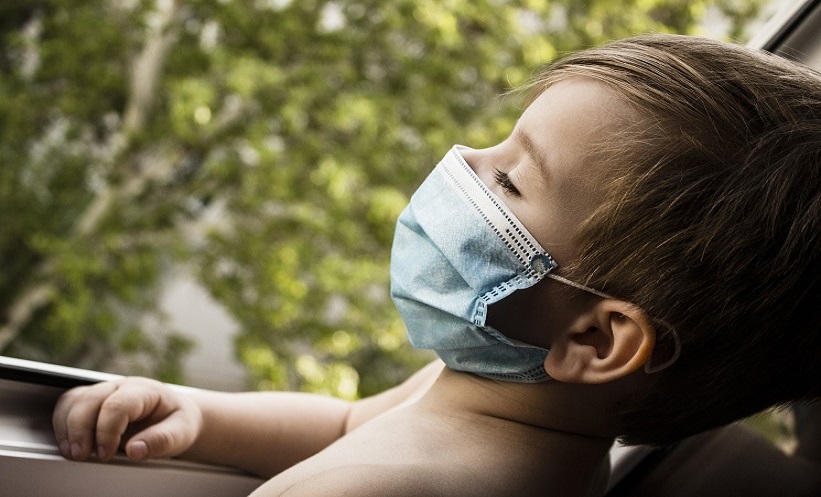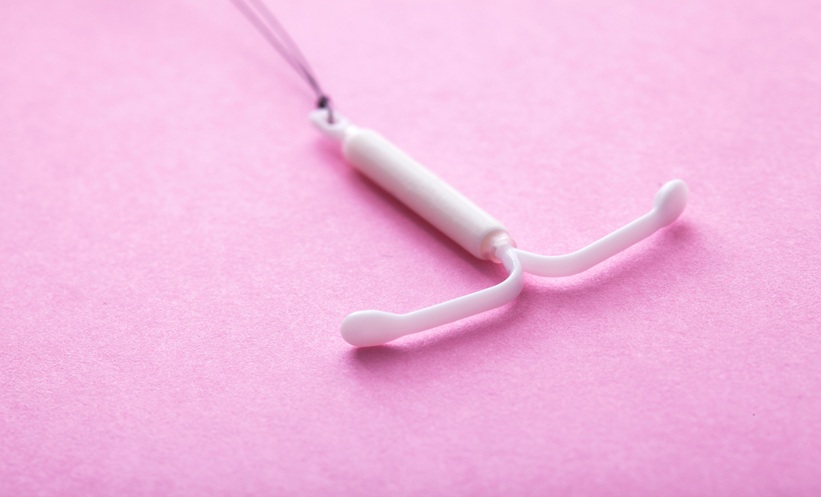EXPERTS assembled by the National Institute of Health (NIH) have advised that standardised criteria should be outlined to allow accurate definition of placental severe acute respiratory syndrome coronavirus 2 (SARS-CoV-2) infection. Previous cases have used a variety of diagnostic methods to determine infection of the placenta with this virus, which is responsible for causing COVID-19. This limits the accuracy of result comparisons, preventing scientists from establishing conclusive scientific evidence regarding the risks of placental infection with SARS-CoV-2.
Infection with SARS-CoV-2 during pregnancy has currently been associated with several complications, including pre-eclampsia and preterm birth, which may be linked to the placenta. NIH’s Eunice Kennedy Shriver National Institute of Child Health and Human Development (NICHD) recruited a group of experts of various disciplines to suggest a standardised definition of SARS-CoV-2 placental infection, allowing for direct comparison of results.
The panel of experts proposed the use of techniques that detect replication of SARS-CoV-2, and the presence of viral transcripts and proteins in the placental tissue. It is recommended that the most scientifically rigorous technique is used in order to achieve the highest degree of accuracy. Experts also encourage that scientists state the location and number of placental tissue samples collected, their methods of preserving the tissue, and the detection technique used. Guidance on the handling, processing, and examining of the tissue is also included, with hope of these factors allowing comparison of results between studies.








